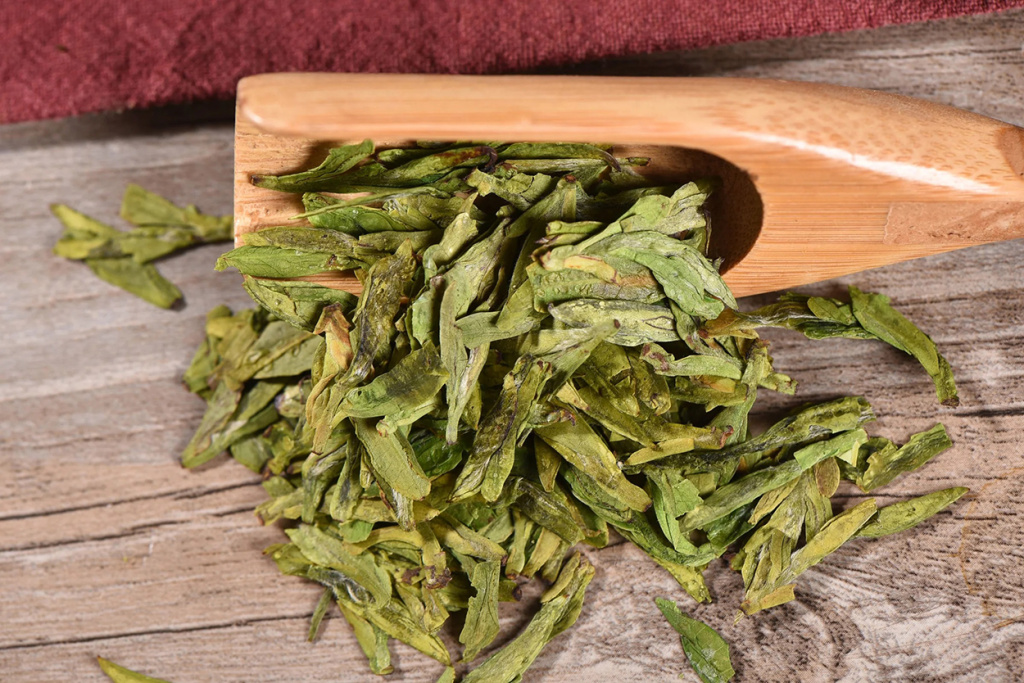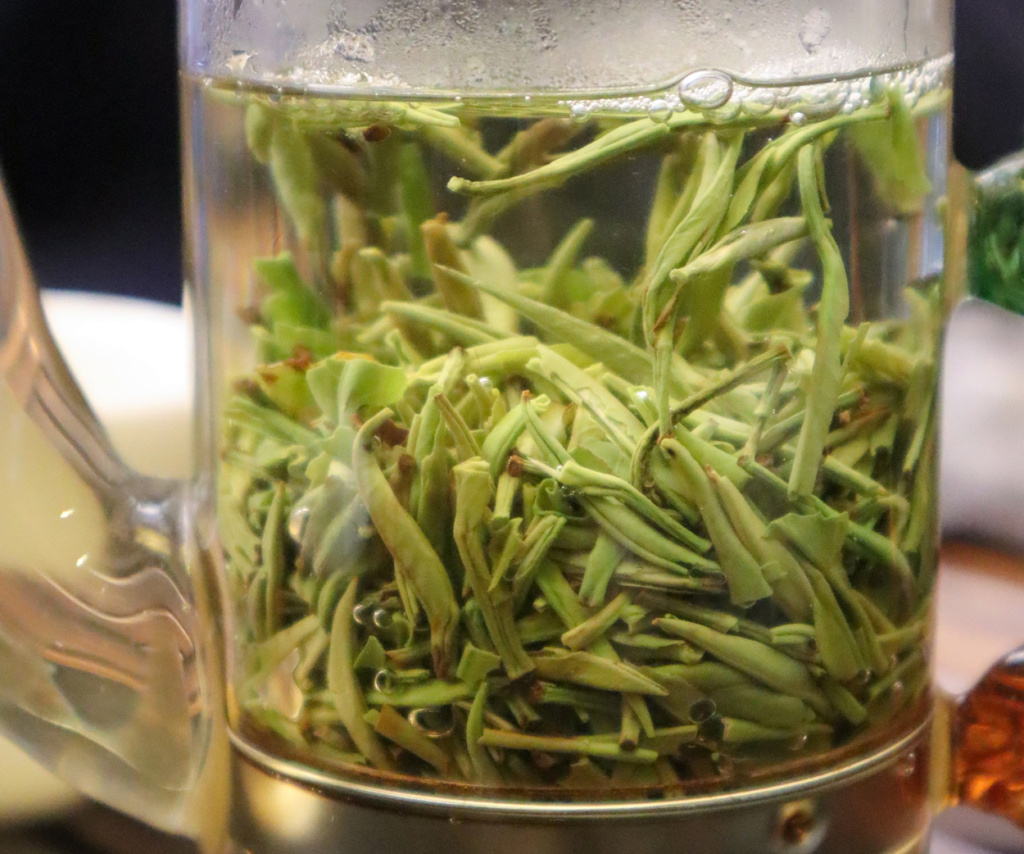Redox potential of green tea and its impact on human health
Tea is one of the most popular drinks in the world, including in Russia, where the annual tea consumption per capita is about 1.36 kg. Among the different types of tea in our country, preference is given to black and green.
Tea not only has pleasant taste qualities, but also has positive biological effects on the human body due to the content of various biological substances: vitamins, alkaloids, essential oils, acids, minerals, etc.
One of the main physical and chemical indicators of tea that determine its biological activity is the oxidation-reduction potential (ORP). It is this indicator that largely determines the antioxidant properties of tea and its effect on the oxidation-reduction balance in the human body. This article is devoted to the analysis of the oxidation-reduction capacity of green tea and its effect on human health.
Oxidation-reduction potential
The oxidation-reduction potential (ORP) of a liquid is an indicator that characterizes its ability to give up or accept electrons, that is, to exhibit an effect as an oxidizing or reducing agent. The ORP value is measured in millivolts (mV) and depends on the oxidized and reduced form of elements in the solution. The lower the ORP, the more pronounced the reducing and antioxidant properties of the drink. According to the data presented in the article by N. N. Kataeva and co-authors (link to the study https://elibrary.ru/download/elibrary_49451833_48057687.pdf ), the ORP of green tea is significantly lower than that of black tea, meaning it has more pronounced antioxidant properties than black tea.

Antioxidants are substances that neutralize free radicals and prevent oxidative damage to cells. Free radicals are highly reactive molecules that can damage cellular structures, including DNA, proteins, and lipids. The accumulation of such damage can lead to the development of various diseases, including cardiovascular diseases, neurodegenerative diseases, diabetes, and cancer. Green tea antioxidants such as catechins, epigallocatechin gallate (EGCG), vitamin C, and others can effectively neutralize free radicals and thereby prevent oxidative stress.
Effect on the cardiovascular system
The low ORP of green tea has a beneficial effect on the cardiovascular system. And the high content of vitamin P (rutin) in green tea helps strengthen the walls of blood capillaries and maintain normal blood pressure. Vitamin P also helps absorb ascorbic acid, which in turn helps synthesize collagen, a protein necessary to maintain the structure of blood vessels.
Immunomodulatory action
The high content of vitamin C in green tea (2 times more than in black tea) helps to significantly strengthen the immune system. Vitamin C has a pronounced antimicrobial and anti-inflammatory effect, stimulates immunity and body defense. Lack of vitamin C in tissues is a serious threat to the development of cardiovascular diseases.
Comparison of green and black tea
Based on the data presented in the article, it can be concluded that green tea has more pronounced antioxidant properties compared to black tea. Green tea does not contain enzymes, which allows it to retain more antioxidants. During the fermentation process of tea, many polyphenols are oxidized and lose their antioxidant properties.
Recommendations for drinking tea
Based on the analysis of the physical and chemical properties of different types of tea, the following recommendations can be made for their use:
- Green tea is recommended for health-conscious people, especially those concerned with preventing oxidative stress and related diseases.
- People with high acidity of gastric juice, gastritis and gastric ulcers are recommended to give preference to green tea, as it stimulates the secretion of gastric juice less.
- To maintain normal acid-base balance, it is recommended to add green tea to your diet daily.
- To get the maximum benefit from the antioxidants found in green tea, it is recommended to brew it at a water temperature no higher than 80°C, as high temperatures can destroy some antioxidants.
Conclusion
The oxidation-reduction potential of green tea is an important physicochemical indicator that determines its biological activity and impact on human health. The low ORP of green tea indicates its strong antioxidant properties and ability to counteract oxidative stress. The proximity of the ORP of green tea to the corresponding ORP values of the internal environment of the human body makes it a more “physiological” drink compared to black tea.
Regular consumption of green tea can ensure the maintenance of normal acid-base balance in the cardiovascular system and immunity, as well as prevent various diseases associated with oxidative stress. However, to get the maximum benefit from green tea, it is necessary to use high-quality tea, brew it correctly and consume it taking into account the characteristics of the body.
- Комментарии
- Вконтакте








